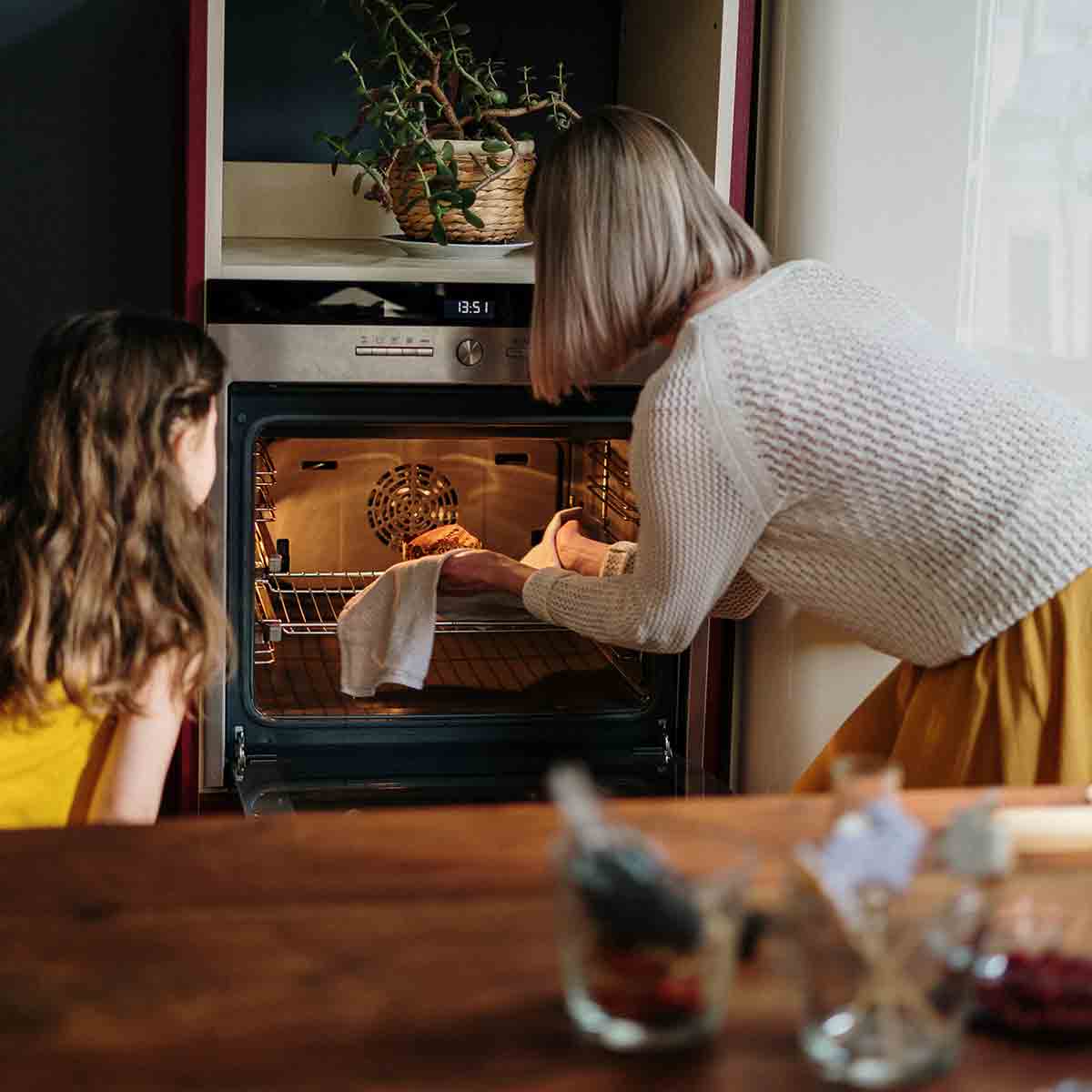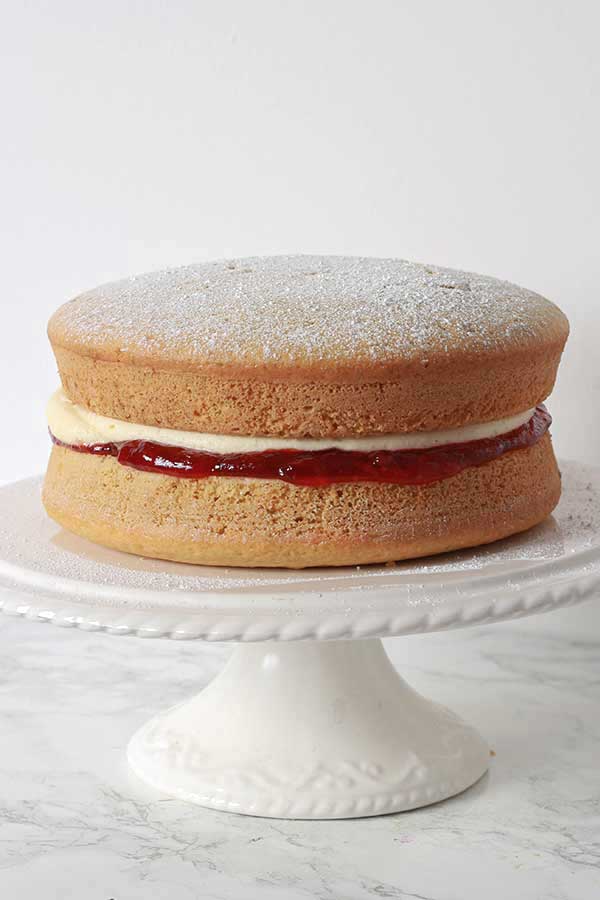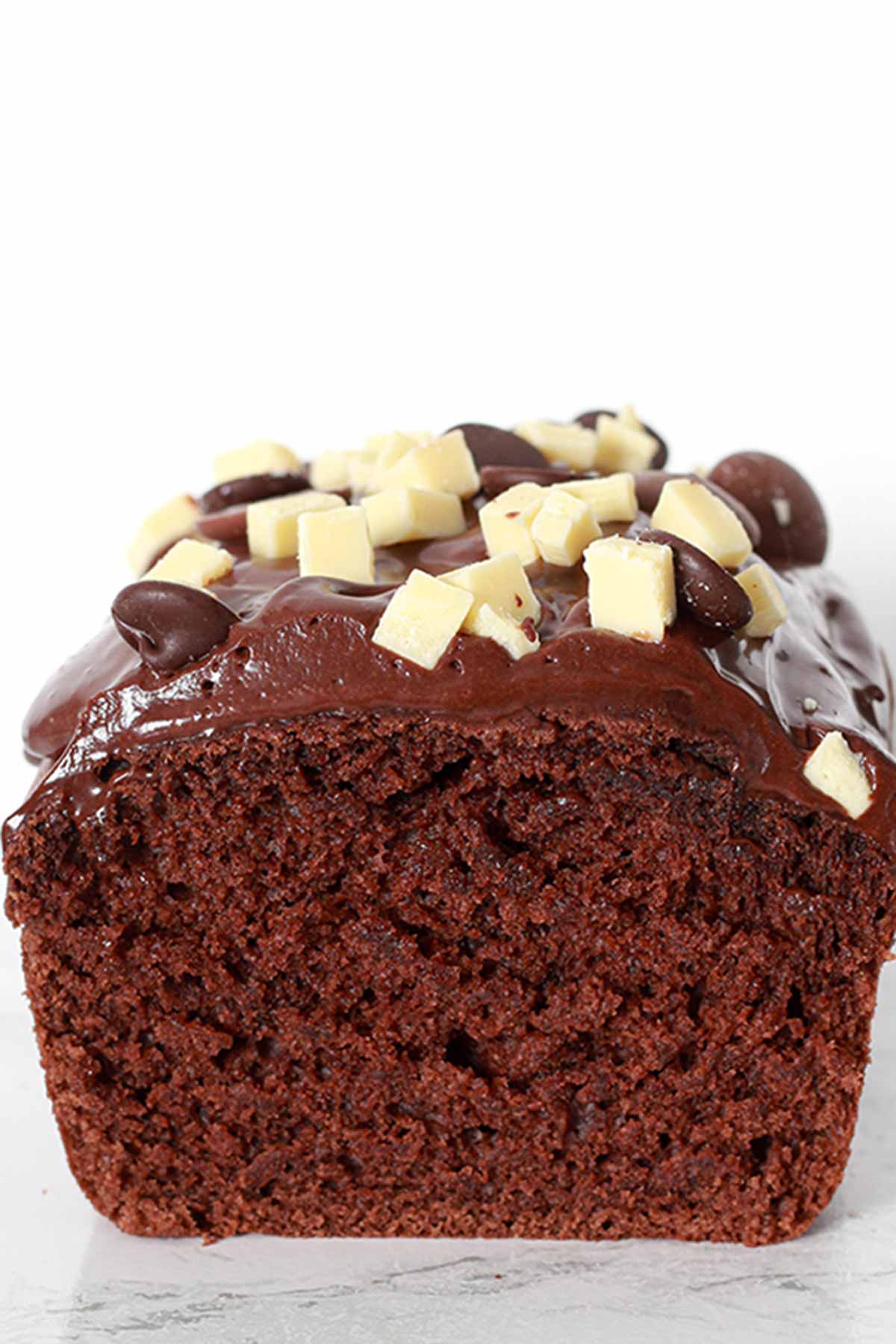Why Is My Vegan Cake Not Rising?
Having trouble with your vegan cake not rising? This post should help you out! Here you’ll learn some of the most common baking mistakes that can cause flat cakes and cupcakes. You’ll be baking light, fluffy cakes in no time!

When I first started baking without eggs and dairy, I experienced a lot of flat cakes. And I mean a LOT. “Why do vegan cakes not rise?“, I would often ask myself. “I even used chia seed eggs like the blogs on Google told me to use!” My cakes would always rise a tiny bit but they never looked like the traditional cakes that I’d baked previously.
Thankfully, I figured out the reasons why my vegan cakes were not rising and I was soon baking tall, light and fluffy sponge cakes. Take a look at my cake progression pictures from 2019 to 2022 below to see what I mean!


Why is my vegan cake not rising? Most common reasons
Let’s take a look at some of the most common reasons that vegan cakes don’t rise. I promise you it doesn’t have to be this way!
1. You used the wrong type of raising agent
When I was first learning how to bake, I thought that baking powder and bicarbonate of soda (baking soda) were just two different names for the same ingredient and I would often substitute one for the other. They are not the same thing so unsurprisingly, my cakes didn’t always turn out as planned.
Bicarbonate of soda is an alkaline ingredient that must be mixed with an acid to activate. Baking powder is bicarbonate of soda pre-mixed with cream of tartar or other acidic dry ingredient. It’s activated by liquid and heat. When following a recipe, make sure to choose the correct raising agent to ensure best results. It’s also important to measure accurately, as too much or too little raising agent can alter the texture, taste and height of your cake.
Another important thing to note is that these two ingredients can lose their rising power over time. Try to use them within a few months of opening to ensure they’ll make your cake rise properly.
2. You skipped the apple cider vinegar
As I mentioned in point 1, bicarbonate of soda needs to be combined with an acid in order to activate. This why you’ll see so many vegan cake recipes that call for apple cider vinegar or lemon juice. If you skip this ingredient and the recipe has no other acids in it, the bicarbonate of soda becomes essentially useless. As a result, your vegan cake will not rise.
You don’t need to add apple cider vinegar or other acidic ingredients to a cake recipe that only uses baking powder.
3. You used plain flour instead of self-raising
This is similar to point number 1 in that if it’s lacking in raising agents, your cake won’t rise! Self-raising (or self-rising) flour already has baking powder added to it, whereas plain flour (all-purpose flour) does not.
I often get readers telling me their vegan cake didn’t rise, only to find out they used plain flour when the recipe called for self-raising. Make sure to double check the recipe you’re using and use the correct flour. It really is an essential part of getting a tall, fluffy cake.
You can also sift the flour into the bowl if you want your cakes to be lighter and fluffier. I personally have never noticed much of a difference with sifting flour but it can vary from recipe to recipe.
4. You used too much fat
Fats such as oil or vegan butter help to make cakes soft and moist but you can have too much of a good thing! If you use too much fat, the batter will be too heavy to rise and your cake will end up flat and greasy.
You’ll see that my coconut and lime cupcakes use less oil than my vanilla cupcakes. This is because the coconut and lime cakes use coconut milk, which is higher in fat than the soy milk I used for the vanilla cupcakes. If you increase the fat in one part of your recipe, you must decrease it from another.
To prevent too much fat being added to your cakes, use a food scale to weigh vegan butter and margarine, rather than cups which can often be inaccurate. Oil or melted butter/margarine can be measured with cups or measuring spoons, which are a lot more accurate than cutlery spoons.
5. You overmixed the batter
Mixing too much or too aggressively can knock the air out of the batter and prevent your cake from rising. It’s best to fold the dry ingredients into the wet ingredients very gently, using a rubber spatula.
Another tip is to mix the dry ingredients in a separate bowl then mix them into the wet ingredients all at once. This means you won’t have to mix too much when combining everything.

6. You didn’t put it in the oven quickly enough
When you mix bicarbonate of soda and apple cider vinegar together, it creates a fizzy chemical reaction which helps your cake to rise. If you wait too long before you put your cake mix in the oven, this reaction can fizzle out and won’t work properly, resulting in flat cake. Make sure to work quickly when baking to prevent this from happening.
7. Your baking tin was too big
This won’t prevent your cake from rising as such, but it can make your cakes a lot flatter than they should be. Make sure to use the correct size of cake tin as the ingredient quantities and baking time will differ if you use a larger or smaller tin.
8. The oven wasn’t hot enough
If your oven isn’t as hot as it should be when you put your cake in, the cake won’t rise properly. This is also true if you’re baking on the bottom shelf or if you don’t let the cake bake for long enough.
To give your vegan cake the best chance at rising, always preheat your oven, bake on the middle shelf and allow it to bake for the full amount of time the recipe calls for. If you’re consistently getting flat cakes it could be a good idea to use an oven thermometer, to make sure your oven is heating to the temperature you need it to be.
9. You opened the oven too soon
Opening the oven door too soon into the baking process will allow air to escape, meaning your cake will probably collapse and end up flat.
It’s best to wait until close to the end of the baking time before checking on your cake. This will allow plenty of time for your cake to rise up nice and fluffy!
Can you fix a flat vegan cake?
You can follow the tips in this post to prevent a flat cake but sadly, if your vegan cake has already baked and didn’t rise then there’s not much you can do to make it rise. However, as long as it still tastes nice, you can break it up and use it to make other desserts.
Some ideas would be mixing it with icing to make cake pops or cake balls, using it as the cake layer for trifle or mixing it with vegan ice cream and sprinkles to make birthday cake ice cream. Yum!
Fluffy, foolproof cake recipes
Use the tips on this page along with any of the following recipes for a GUARANTEED light, fluffy, tall vegan cake. These recipes are super easy too!

I hope you enjoyed this post! If you found it useful, please share with a friend using the share buttons on the page. Happy baking! xo



